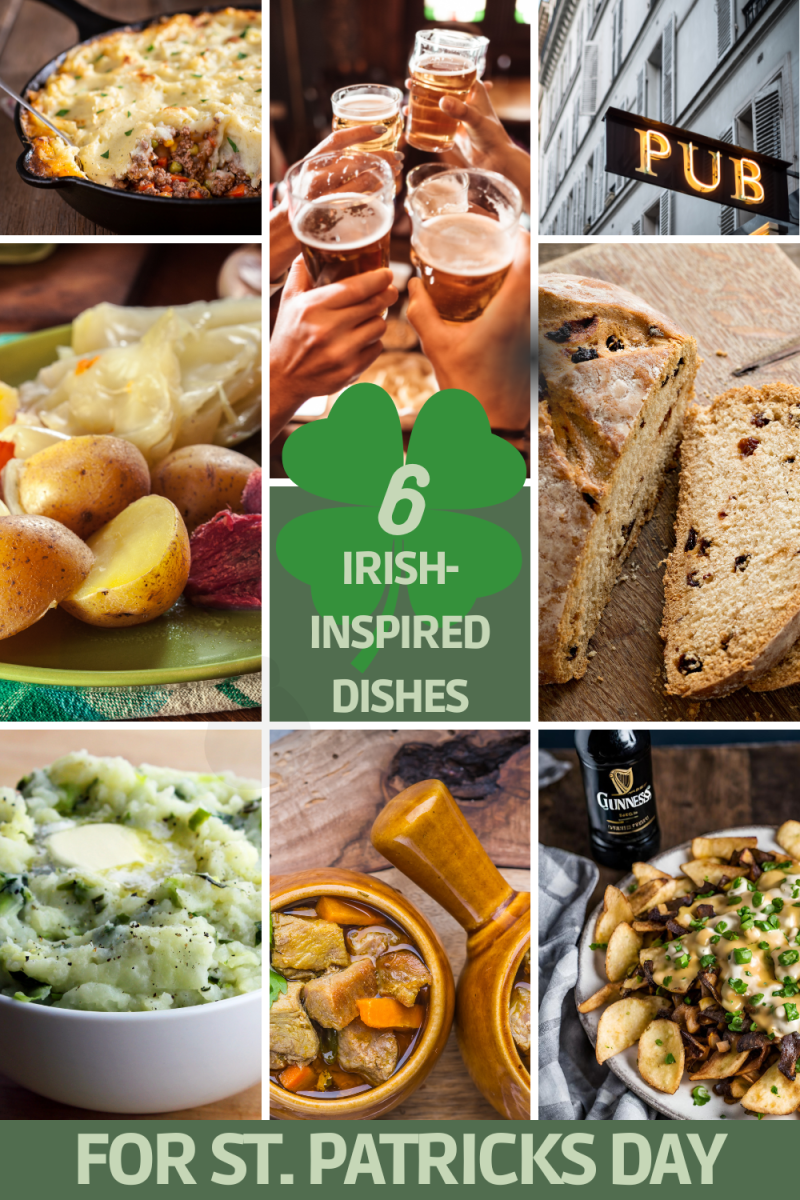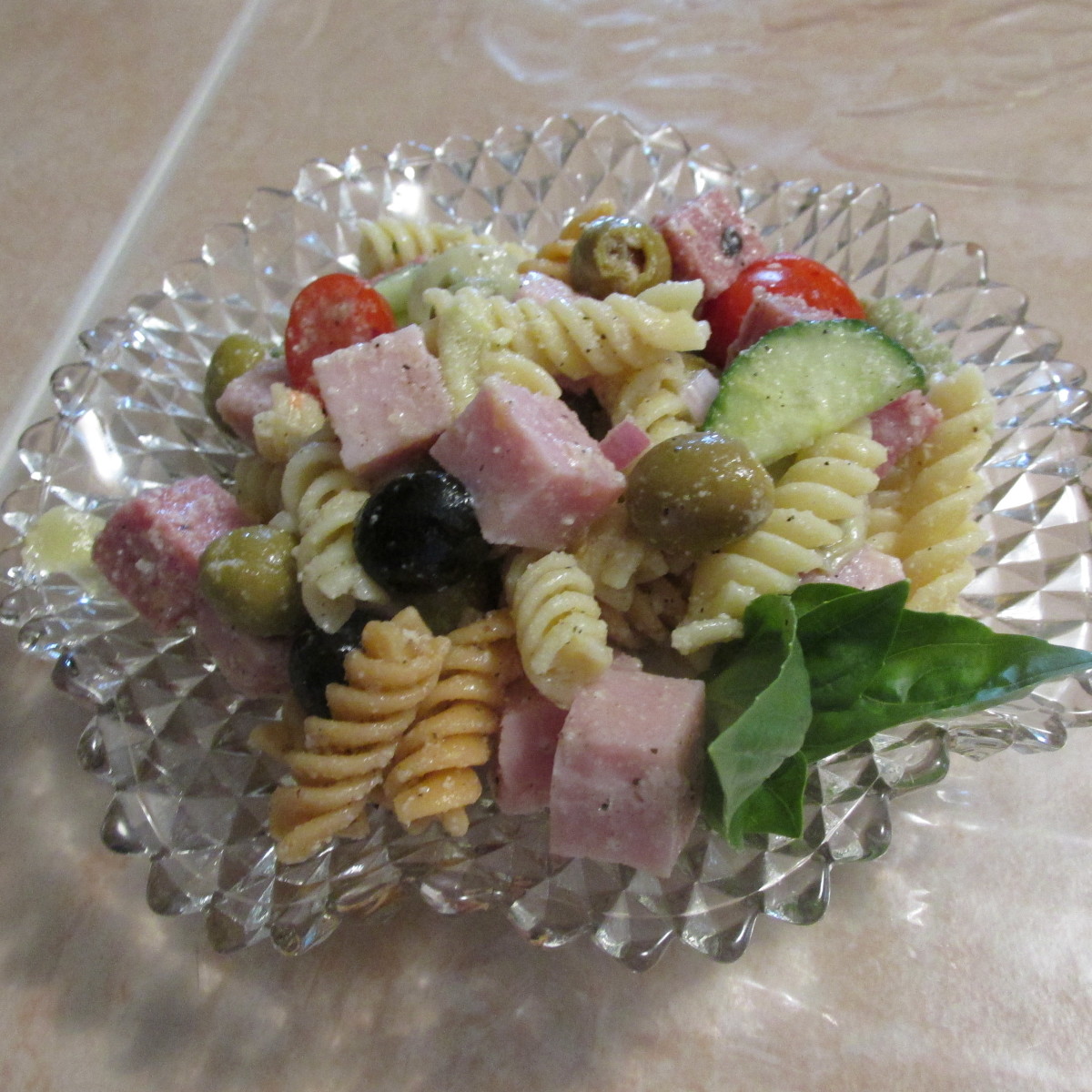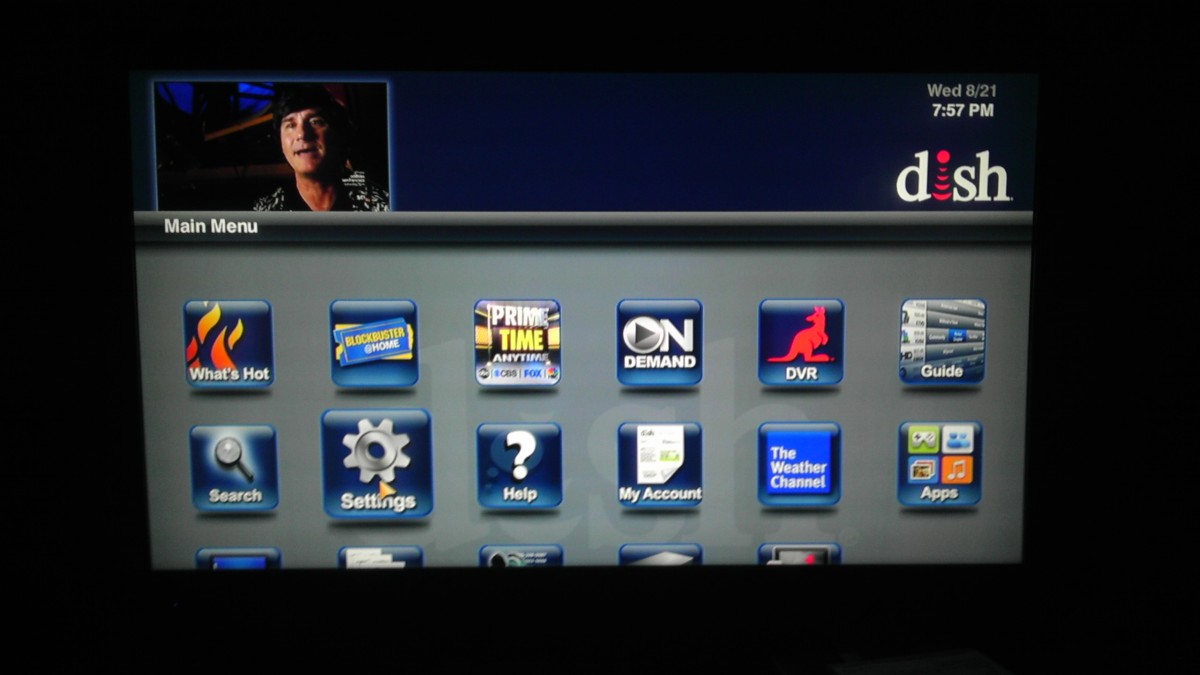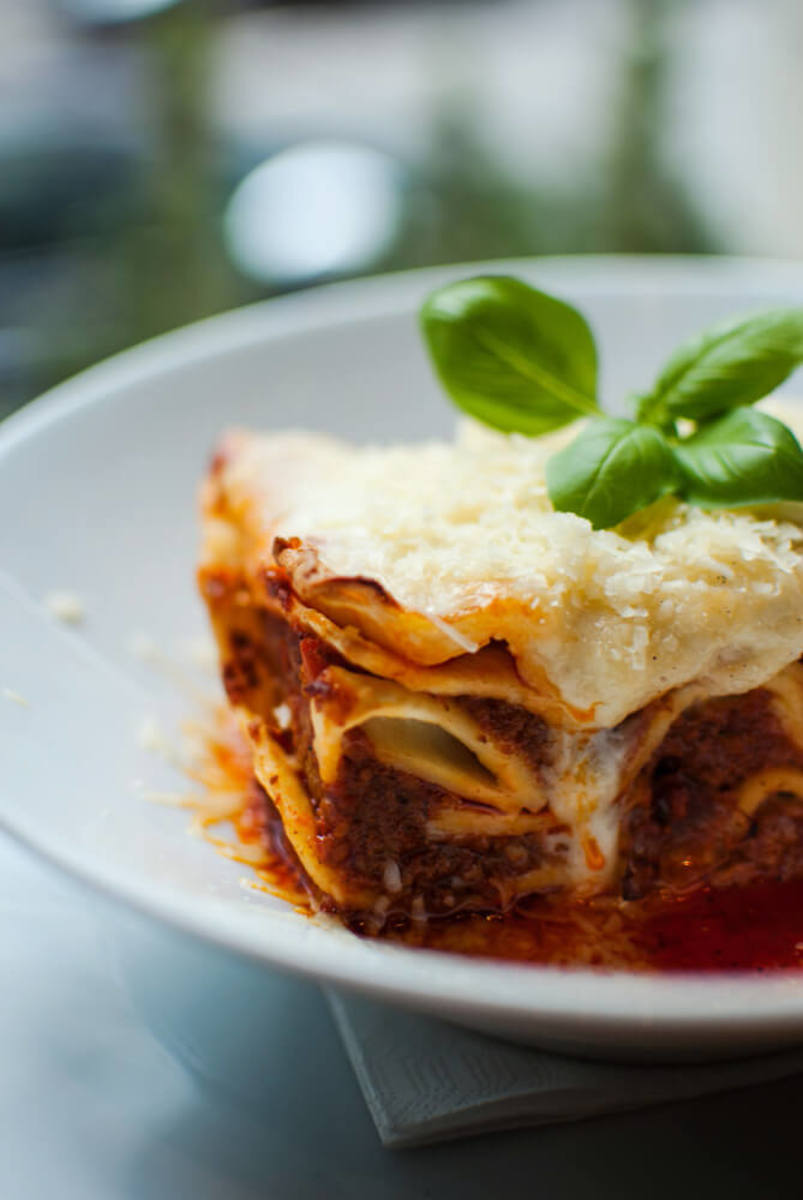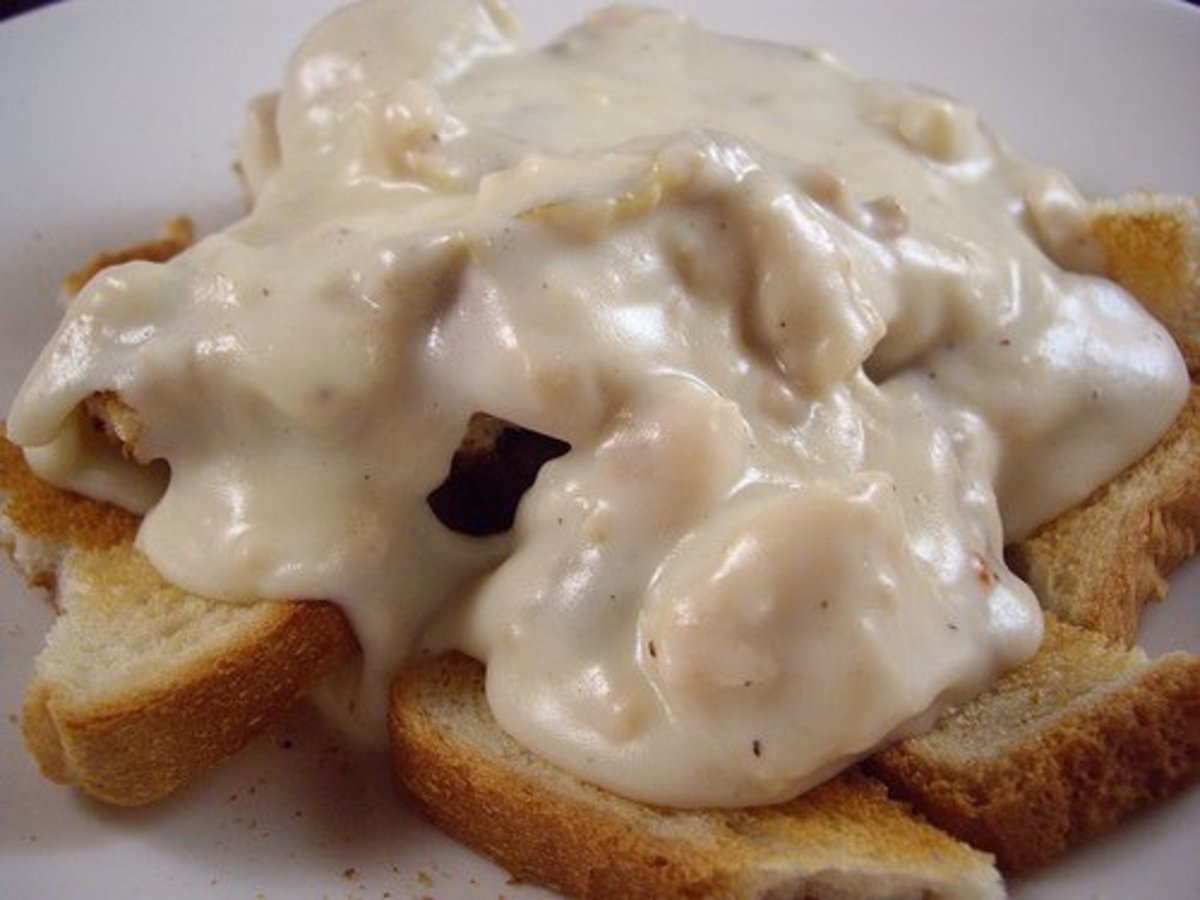Pasta & Potatoes, an unusual pairing for a surprisingly tasty dish
Cheap and easy
This recipe is extremely simple. The only reason why the following instructions seem a little lengthy is that I have gone into them in detail. However, once you have made this dish once, it is so simple that you will be able to replicate it without even looking at the instructions.
By the very nature of the dish it is more filling than a corresponding amount of pasta cooked in a more traditional way. This explains why a pound of pasta can here stretch up to 6 small portions. However, if you are a pasta aficionado like myself, the number of portions will be less.
One last comment. My father grew up in a poor peasant family of the Italian South and this is exactly the kind of dish that could be made on very little money when times were hard. Consequently, it is the perfect dish for anyone who find themselves on hard times. Olive oil is the only ingredient that might be a little more pricy than standard oil, but considering there are so few ingredients, the taste of olive oil is here absolutely essential for its success, so please do not substitute it.
Cook Time
Ingredients
- 6 medium or 3 to 4 large Potatoes
- 500 grams or about 1 Pound of Spaghetti
- Olive oil
- 2 to 3 cloves of Garlic
- Salt
- First and foremost, for this dish to be the tasty treat it promises to be, it is essential that the nature of the ingredients be respected. A friend of mine who was quite keen on this dish once tried to make it for himself but, not having any spaghetti or garlic at the time, he used some short pasta (penne size) and onions. According to him, the result was less than satisfactory. Switching spaghetti for tagliatelle is as much of a deviation from the original recipe as should be allowed, and even then I wouldn't recommend it. Similarly, using brown spaghetti is possible but again, I would strongly suggest that you stick to standard spaghetti for best result. So let's get started!
- Peel your potatoes and, if using large ones, cut them in half or in thirds. Even if you use smaller potatoes you can cut them even smaller if you wish. As they finish boiling they may fall apart in the water but this is not a problem.
- Fill a pan with enough water to cook a pound of spaghetti and add salt to taste. I usually use about a tablespoon of salt. Too little salt in your water and it would be the same as if you hadn't put any at all.
- Put the potatoes in the water and bring the water to the boil.
- Let the water boil for a good 10 minutes then put the spaghetti in. The idea is that potatoes and spaghetti must be ready at the same time, so if need be wait a little longer before putting the spaghetti in. It matters not if the potatoes are ready before the pasta, but the other way round would mean that the spaghetti would have to stay in the water longer while the potatoes finish boiling and that would give you overcooked spaghetti. Never pleasant.
- While potatoes and spaghetti are cooking, peel the garlic and slice in 1 to 2 mm thick slices.
- Heat a generous amount of olive oil and, as soon as it is bubbling, thrown in the garlic and roast it brown. Keep in mind that the garlic will keep roasting a little while longer after the oil is removed from the heat, so remove it before the garlic is fully roasted, otherwise you will end up with burnt garlic.
- Once potatoes and spaghetti are cooked, DO NOT drain them! I know this is counterintuitive, but this water is an essential part of the finished product. Instead, here is what you do:
- Remove the pan from the heat and grab a tablespoon and a fork. One by one, fish out your potatoes with the spoon and, using the fork, mash the potato in the spoon before dropping it back in the water. Repeat until all potatoes have been mashed.
- Finally, throw in the garlic and olive oil, mix the lot, serve, and enjoy! You understand now why the water was kept. Had you discarded it, the whole dish would have been very dry. But having kept it, the mashed potatoes will absorb some of it and remain moist. If you don't finish the whole dish in one go you can keep the leftovers for later. By then all the water will have been soaked up and the dish will still be moist and delicious.

